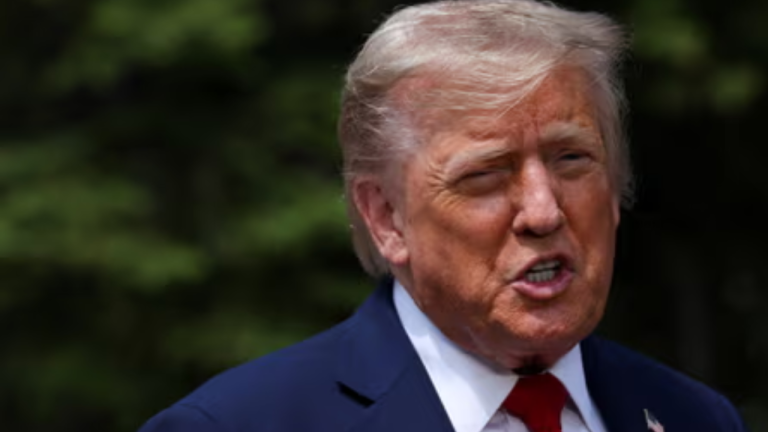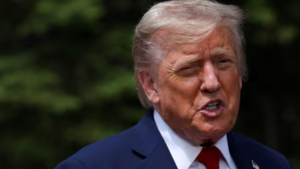In a surprising move that sent shockwaves through global markets, China announced an unexpected surge in tariffs on U.S. imports, bringing the total to a staggering 125%. This decision, unfolding amidst ongoing trade tensions, has captured international attention, raising questions about future economic interactions between two of the world’s largest economies.
Earlier this week, Chinese officials declared the increased tariffs, a move perceived as a strategic response to ongoing trade disputes with the United States. These tariffs, set to affect a broad range of products, have ignited uncertainty in global markets, with analysts closely scrutinizing their potential impact on international trade dynamics.
The immediate effect of this tariff escalation is considerable, affecting industries from agriculture to technology. U.S. exporters now face an uphill battle in maintaining their economic foothold in the Chinese market. Early estimates suggest a significant disruption in supply chains, with both countries grappling with the financial repercussions of this trade maneuvre.
Experts weigh in with varying perspectives. On one hand, some view China’s move as a necessary countermeasure to protect its economic interests in the face of aggressive U.S. trade policies. On the other hand, critics argue the potential for a detrimental global economic ripple effect cannot be underestimated.
Historical parallels offer sobering insights. Past trade conflicts have shown how tariffs, while serving immediate strategic goals, can lead to prolonged economic standoffs, affecting not only the countries involved but also the wider global economy. This raises a pressing question: What long-term impacts might these latest tariffs hold?
Meanwhile, observers note the irony of the situation—two superpowers engaging in retaliatory measures that could undermine the very globalization principles that propelled their economic growth. As diplomats and economists ponder next steps, the unfolding situation leaves more questions than answers.
Could this be a turning point in global trade relations? If so, both nations must tread cautiously, balancing short-term strategies with the broader goal of economic stability. The coming weeks are expected to witness a flurry of diplomatic engagements as world leaders strive to avert further escalation.
In conclusion, China’s tariff increase marks a significant chapter in U.S.-China trade relations, one that needs careful navigation to prevent potential repercussions that could reverberate far beyond national borders.











